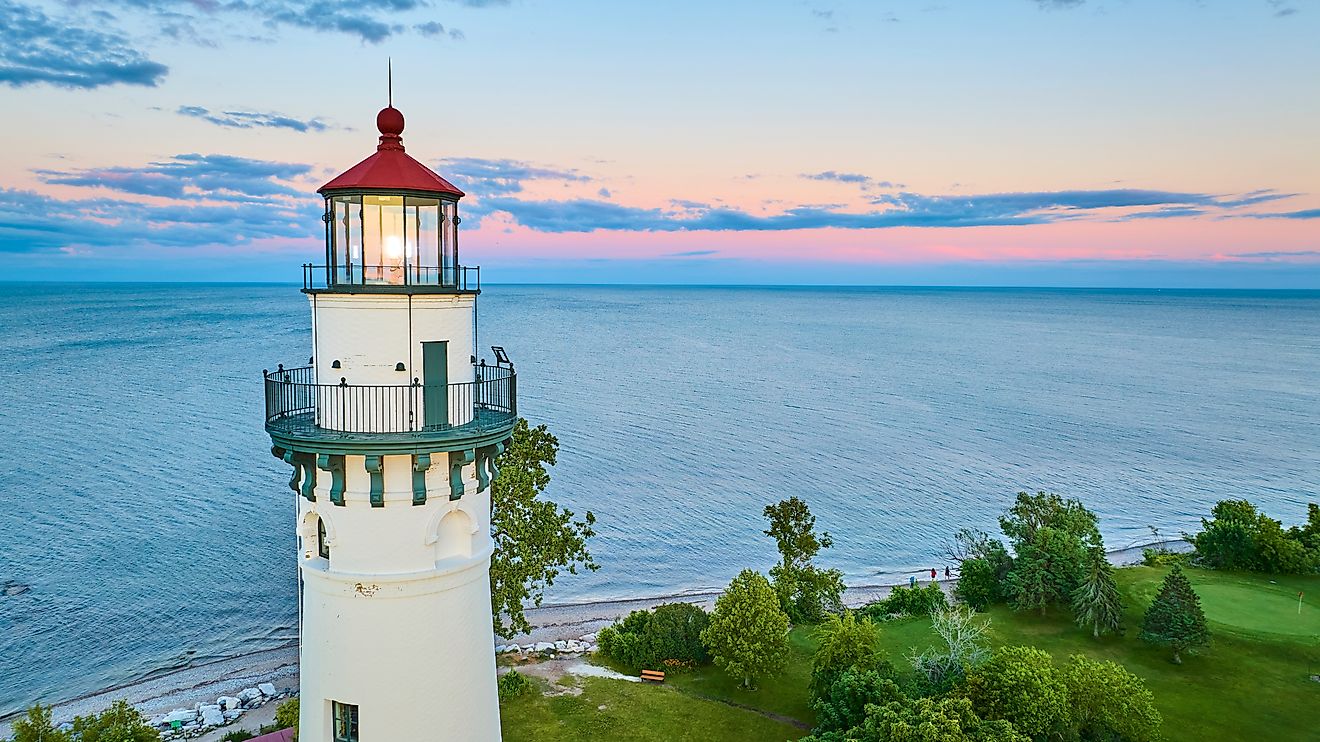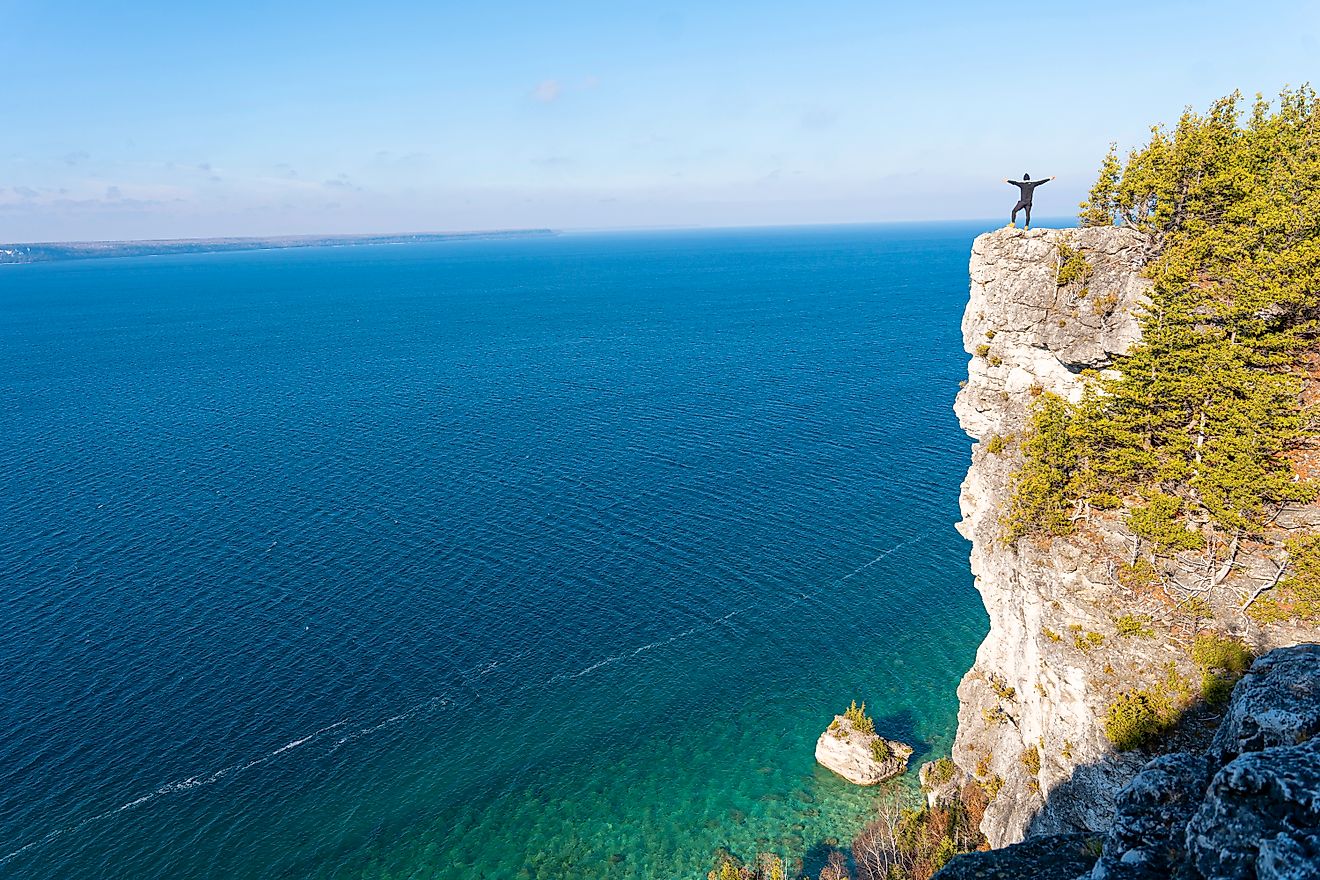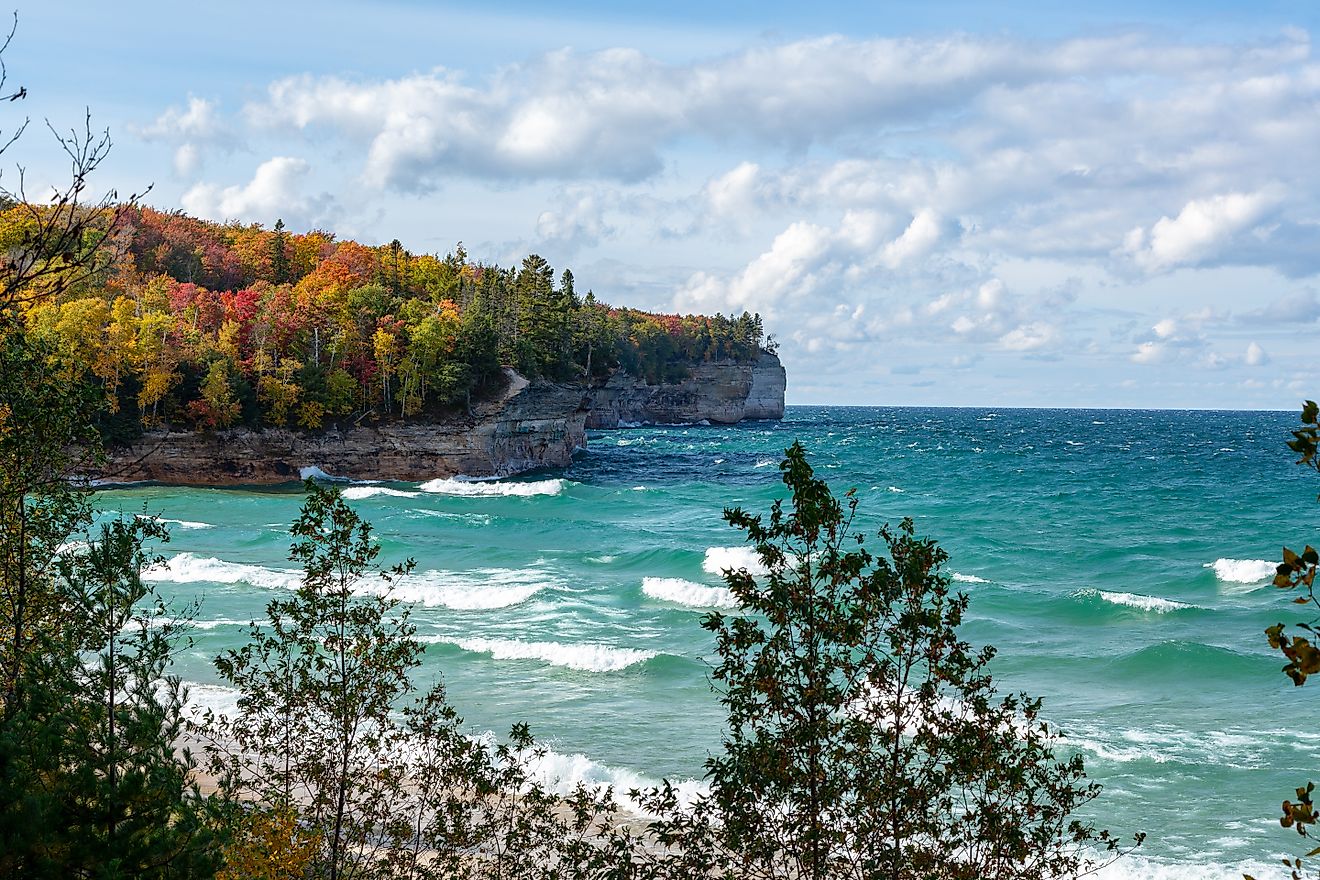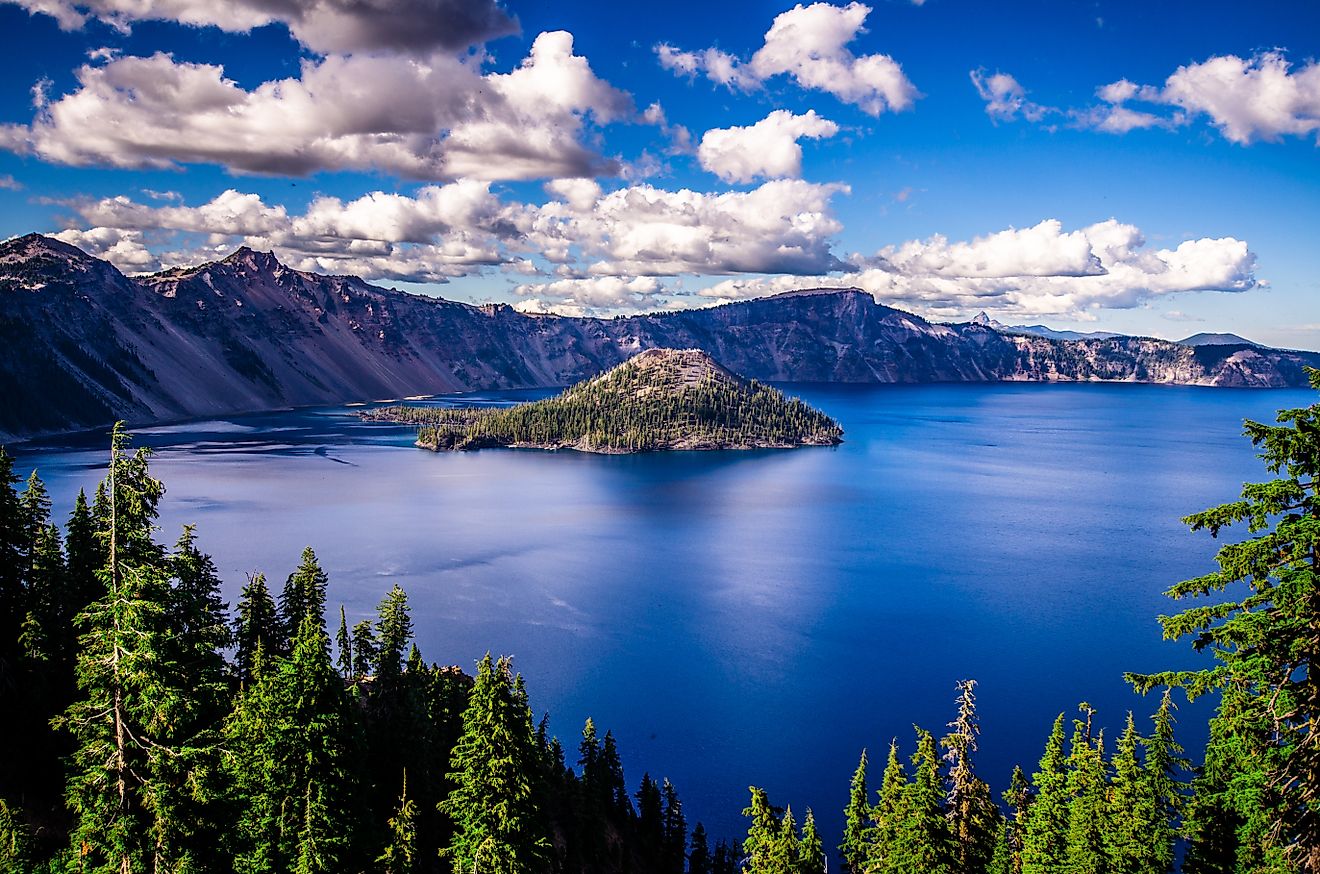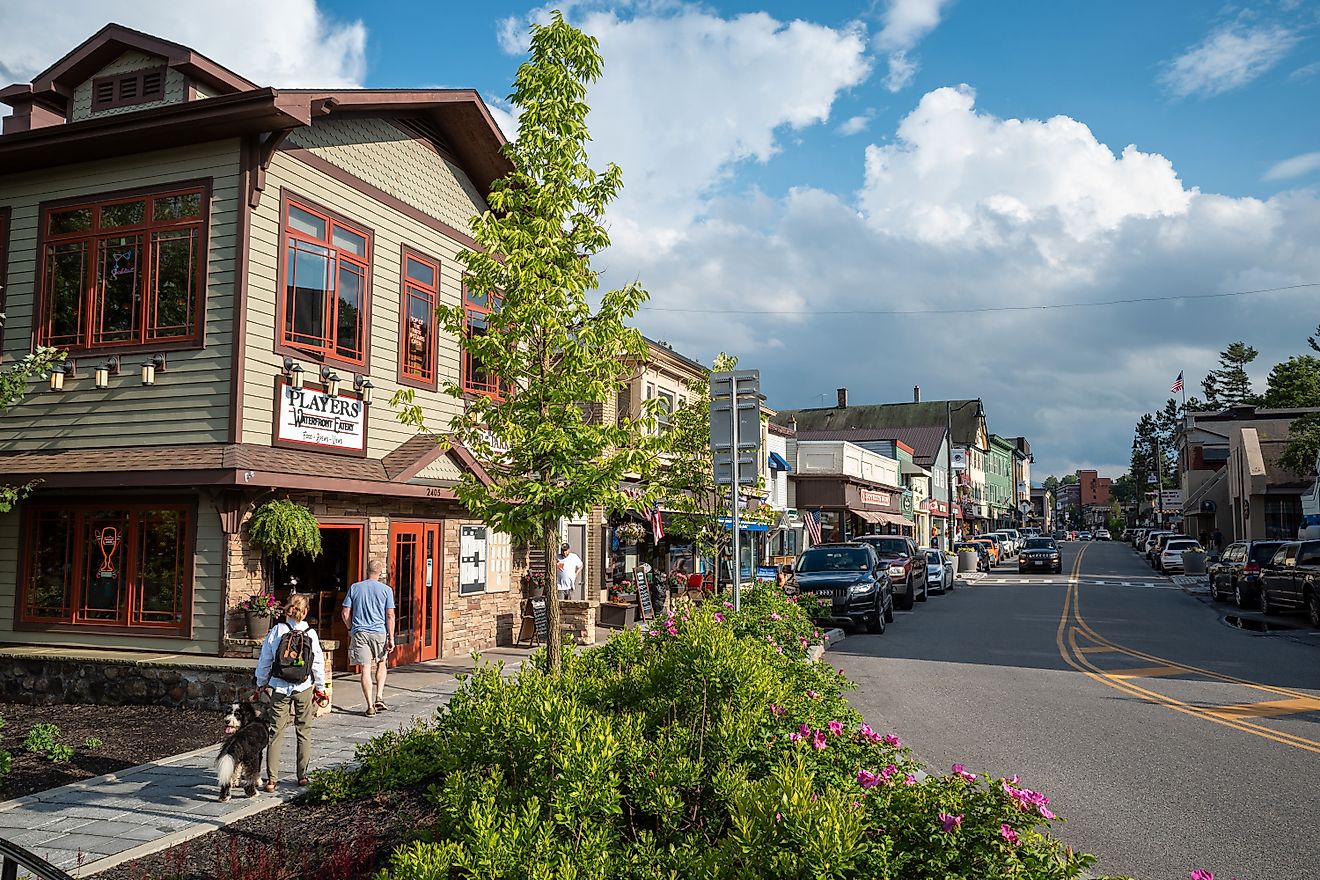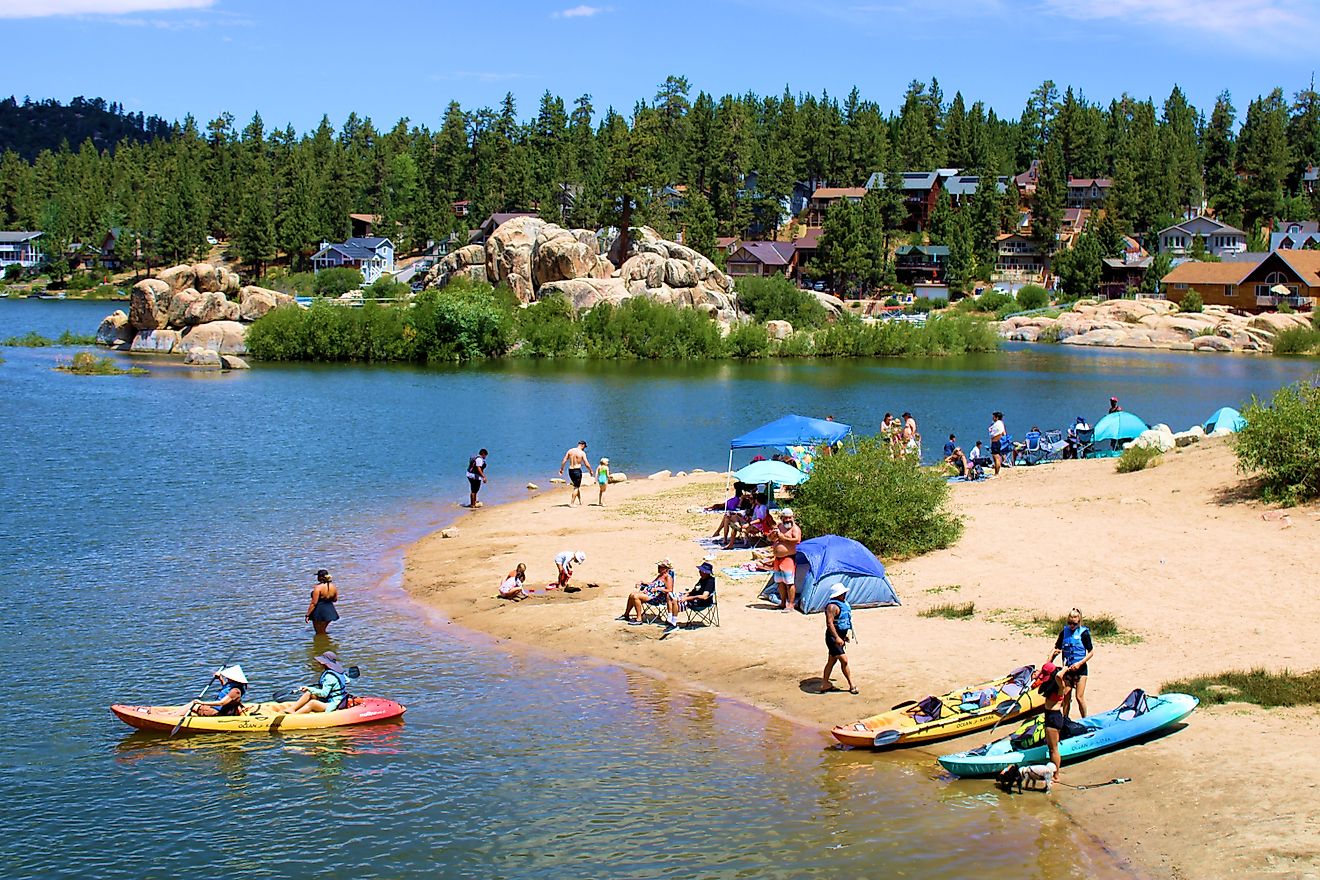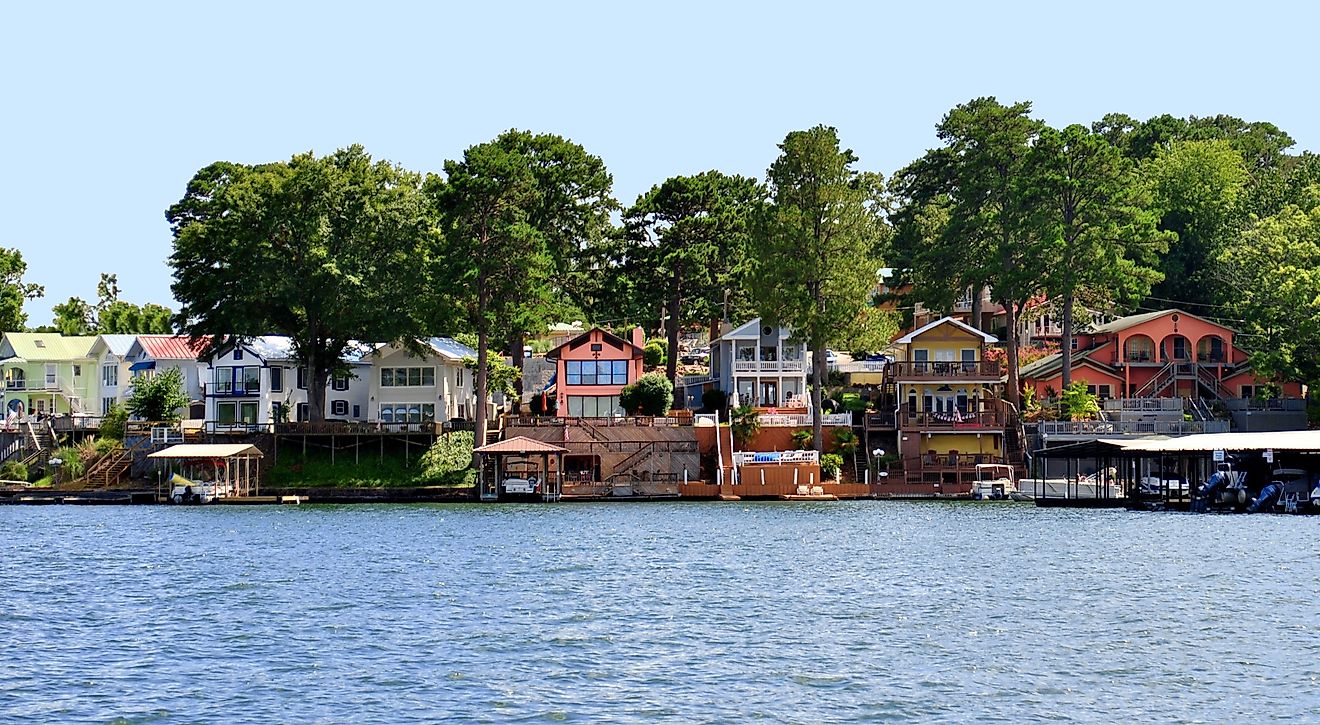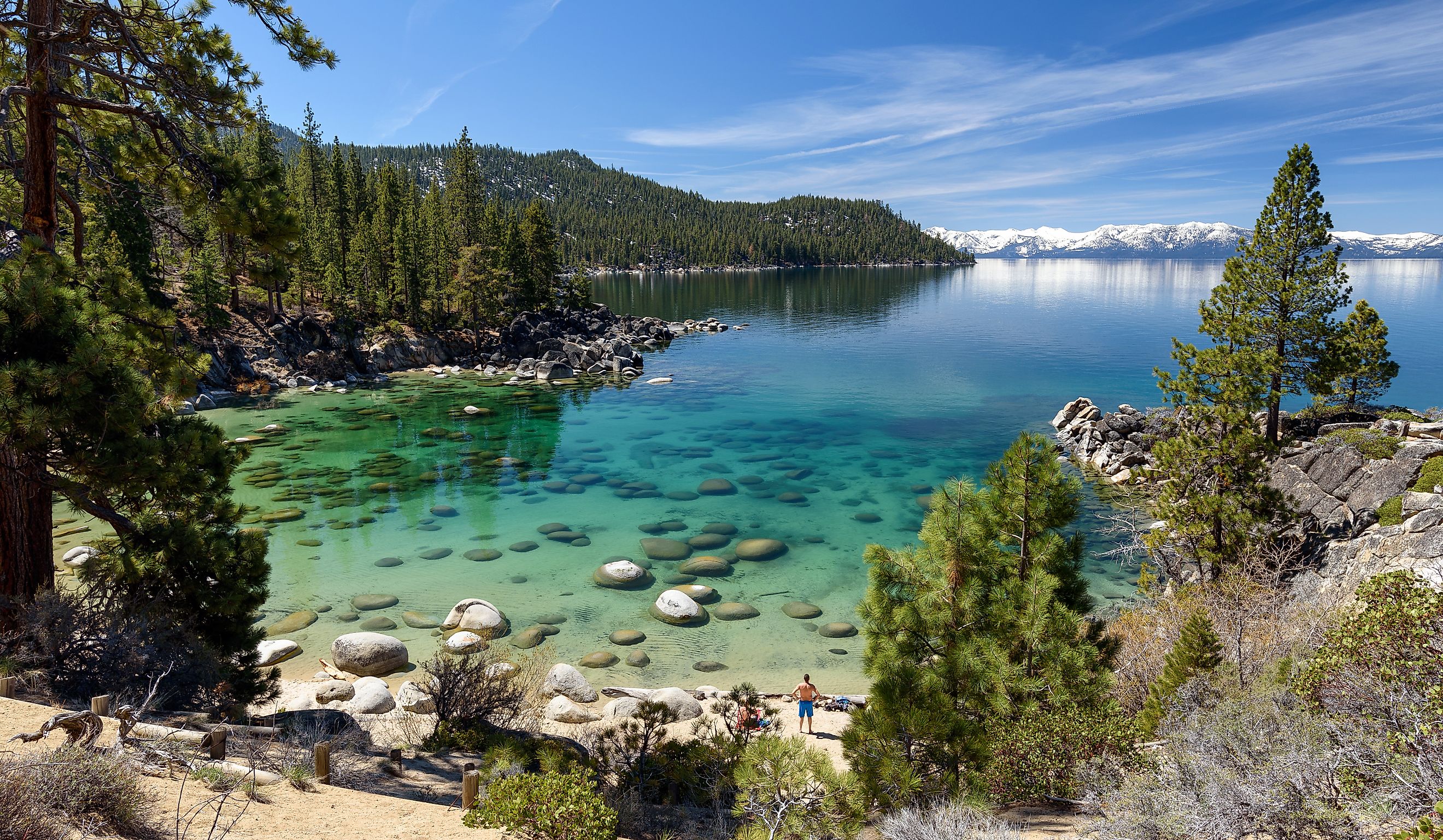
Lake Tahoe
Lake Tahoe is more than just a postcard-perfect body of water—it’s a geological marvel, a cultural treasure, and a bellwether of environmental change. Nestled high in the northern Sierra Nevada at an elevation of 6,229 feet, this freshwater lake straddles the California-Nevada border, drawing around 3 million visitors annually with its deep blue waters, world-class outdoor recreation, and storied past.
Spanning 193 square miles and plunging to a maximum depth of 1,645 feet, Lake Tahoe is the second deepest lake in the United States, behind Oregon’s Crater Lake. Yet what truly sets it apart isn’t just its size or scenery—it's the lake’s complex environmental story and its role as a living laboratory for conservation and climate adaptation.
A Sacred and Ancient Landscape
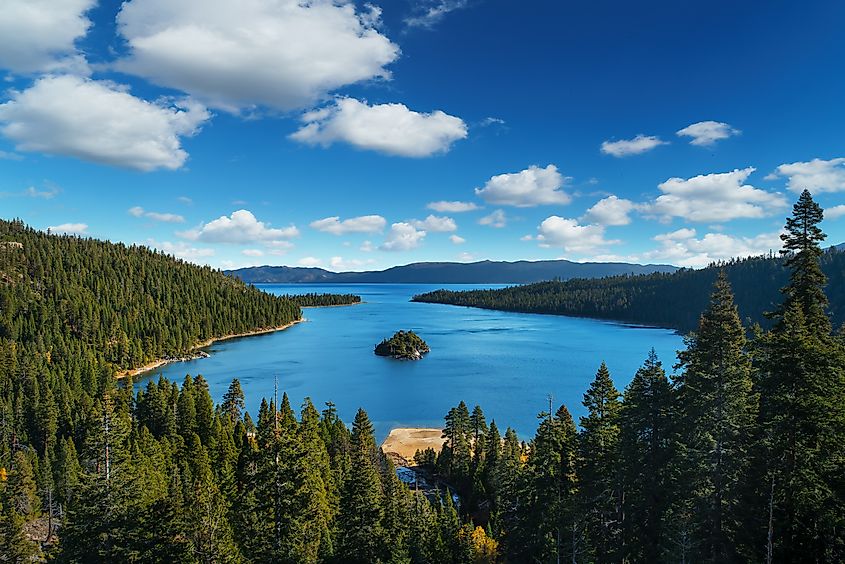
Long before it became a magnet for skiers, hikers, and summer tourists, Lake Tahoe was home to the Washoe Tribe. They called the lake Da ow a ga, meaning “the edge of the lake,” and regarded it as the sacred heart of their territory. For generations, the Washoe relied on the lake’s abundant resources for survival and considered it a life-sustaining force.
Geologically, Lake Tahoe formed over two million years ago in a fault basin created by tectonic forces. It is fed by 63 small tributary streams and drained solely by the Truckee River, which carries its waters northeast to Nevada’s Pyramid Lake. Remarkably, water entering Lake Tahoe today won’t exit through the Truckee for another 650 years due to the lake’s low outflow and massive volume.
From Frontier to Resort
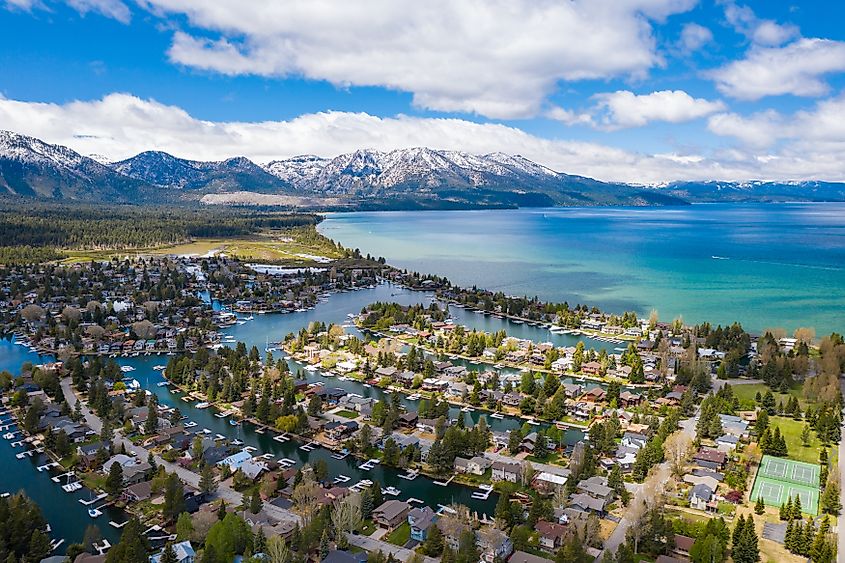
The lake first appeared on US maps in 1844, when explorer John C. Frémont recorded its location. Over the following decades, Lake Tahoe’s untouched forested slopes and alpine ecosystem became a target for logging. By the early 1900s, much of the basin’s old-growth forest had been clear-cut to feed the region’s mining and construction booms.
A century of regrowth has since replaced those forests, but with denser, more fire-prone vegetation. Today, nearly 85% of the Lake Tahoe Basin is managed by the US Forest Service and other state agencies, balancing conservation with recreation and tourism.
Since the 1950s, Lake Tahoe has undergone a dramatic transformation. What was once a remote alpine getaway evolved into a year-round playground filled with casinos, ski resorts, hiking trails, luxury homes, and lakeside villages. However, this development came at a cost—threatening both the water clarity that made Tahoe famous and the ecological integrity of the basin.
The Fight to Save Lake Tahoe’s Clarity
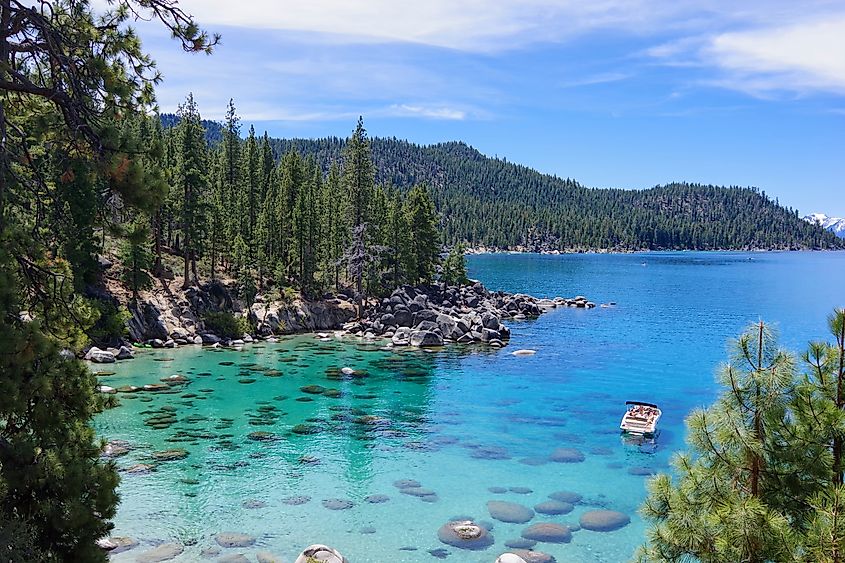
At first glance, Lake Tahoe appears pristine. Its sapphire-blue water, reflecting the pine-lined slopes and snowcapped peaks, is the stuff of travel brochures. But beneath the surface lies a slow-moving environmental crisis.
Lake Tahoe’s iconic clarity, once allowing visibility down to 100 feet, has significantly declined due to a combination of sediment runoff, invasive species, and nutrient pollution. Between 1968 and 1997, the lake’s deep-water clarity dropped by nearly 30%. Though stabilization efforts have halted some of the decline—averaging about 65 feet between 2016 and 2020—it still falls far short of historical levels.
The culprits? Fine sediment particles and nutrients like nitrogen and phosphorus, primarily from urban runoff, streambank erosion, and atmospheric deposition. These pollutants feed phytoplankton (algae), further clouding the water.
To combat this, the Lake Tahoe Total Maximum Daily Load (TMDL) program has set a long-term goal: restoring deep-water transparency to 97.4 feet by 2076. Strategies include improving stormwater infrastructure, restoring stream environments, and removing invasive aquatic species such as the Asian clam.
Climate Change: The New Threat
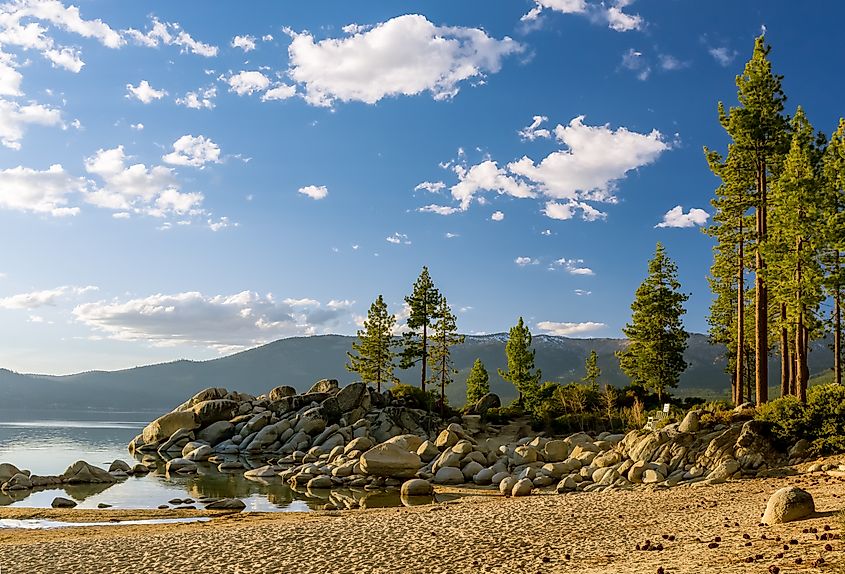
Climate change now poses perhaps the greatest challenge to Lake Tahoe’s future. Scientists from the UC Davis Tahoe Environmental Research Center have observed warming lake temperatures and altered precipitation patterns—most notably, a dramatic decrease in snowfall. In 2015, only 6.5% of precipitation fell as snow, the lowest amount ever recorded.
Warmer winters not only affect snowpack and water supply but also disrupt the lake’s natural overturn, a seasonal mixing process essential for oxygenating deep waters. Without it, nutrients accumulate near the surface, accelerating “climatic eutrophication”—a process that could lead to persistent algae blooms and fundamentally alter the lake’s ecosystem.
A new term, “climatic eutrophication,” now defines this feedback loop, where rising temperatures and changing water chemistry create a cascade of environmental stressors. This evolving challenge prompted local agencies to finalize the Lake Tahoe Climate Adaptation Action Portfolio in 2021, along with a comprehensive Greenhouse Gas Inventory to guide mitigation efforts.
Protecting a National Treasure
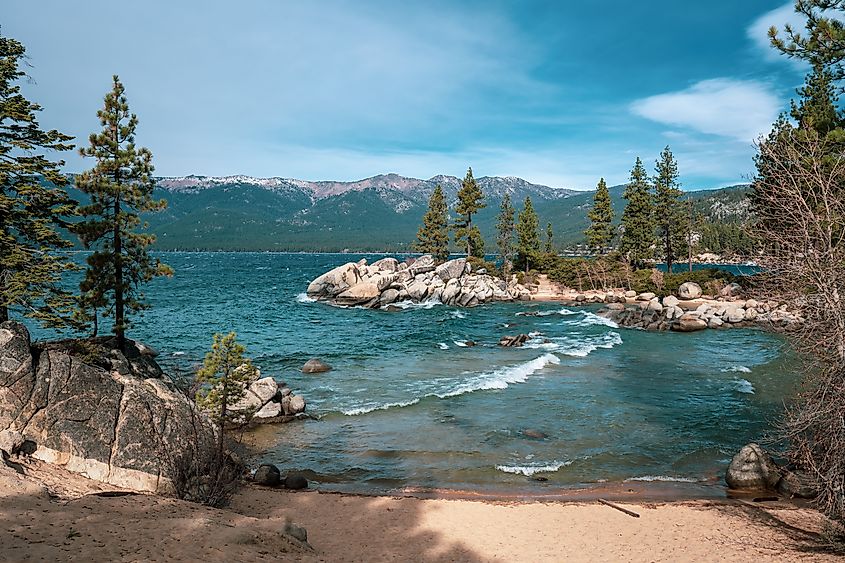
Designated an Outstanding National Resource Water under the Clean Water Act, Lake Tahoe holds the highest level of federal protection afforded to US water bodies. This status limits activities that could further degrade its quality and mandates strict oversight for development, recreation, and water use.
Much of the lake’s health now depends on coordinated action between federal, state, and local partners, including the Tahoe Regional Planning Agency, the US Environmental Protection Agency, and tribal stakeholders. Their shared vision is managed through the Environmental Improvement Program (EIP), which implements large-scale projects in forest health, aquatic invasive species management, transportation, and climate adaptation.
A Recreational Paradise
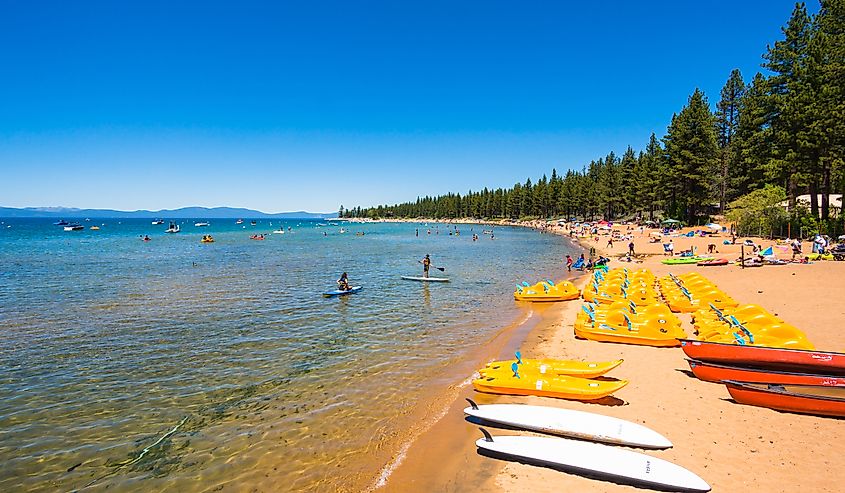
Despite these environmental challenges, Lake Tahoe remains one of America’s premier outdoor destinations. Visitors can paddle its mirror-like surface, ski at world-renowned resorts like Heavenly or Palisades Tahoe, or hike the Tahoe Rim Trail for panoramic views across two states.
In summer, water temperatures reach a refreshing 68°F, inviting swimmers and boaters to explore its many coves and beaches. Winter brings an entirely different landscape—blanketed in snow, the surrounding peaks become a magnet for skiers, snowboarders, and snowshoers.
Beyond the shoreline, charming towns like South Lake Tahoe and Incline Village offer boutique shopping, lakeside dining, and vibrant nightlife. Yet many full-time residents and conservationists are mindful of striking a balance—welcoming tourism while preserving what makes Lake Tahoe exceptional in the first place.
The Road Ahead
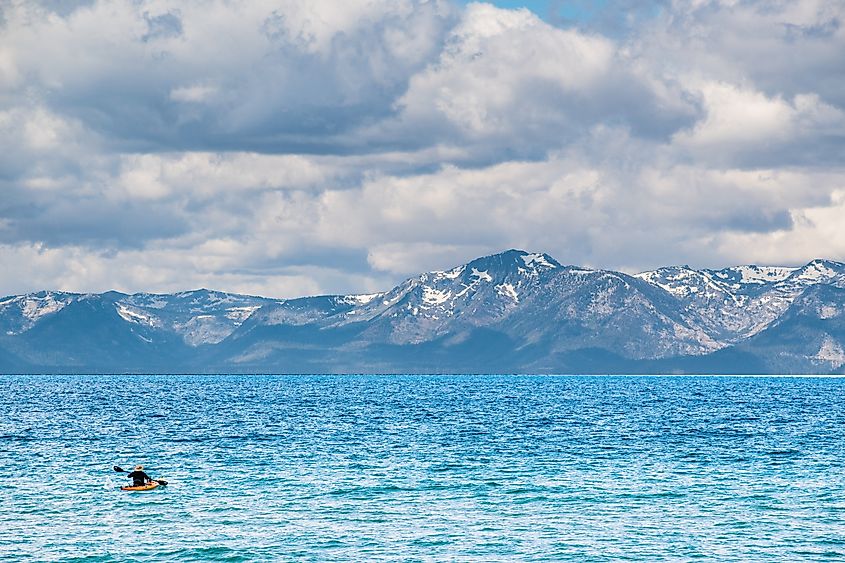
Lake Tahoe’s story is far from over. It’s a place of natural wonder, historical depth, and ongoing ecological experimentation. As climate change accelerates and regional development continues, its future hangs in a delicate balance.
But thanks to decades of scientific research, public investment, and community engagement, there is hope. The lake is not only a recreational escape but also a symbol of what sustained environmental stewardship can accomplish—even in the face of mounting pressure.
Whether you visit to ski, hike, paddle, or simply stand in awe at the water’s edge, Lake Tahoe offers more than beauty—it offers perspective. It's a reminder that even the clearest lakes can become clouded, but with action, commitment, and cooperation, clarity can return.
Quick Facts About Lake Tahoe
-
Location: California-Nevada border, Sierra Nevada Mountains
-
Size: 193 square miles
-
Depth: 1,645 feet (second deepest in US)
-
Elevation: 6,229 feet
-
Fed by: 63 tributaries
-
Drained by: Truckee River
-
Age: Approx. 2 million years
-
Annual Visitors: ~3 million
-
Protected Designation: Outstanding National Resource Water
-
Managed Land: ~85% public lands
-
Surface Temperature: 68°F in summer, 41°F in winter
Frequently Asked Questions (FAQ)
What is the best time to visit Lake Tahoe?
Summer (June–August) is ideal for beachgoers and hikers, while winter (December–March) is perfect for snow sports. Spring and fall offer fewer crowds and scenic beauty.
Can you swim in Lake Tahoe?
Yes, but be prepared—the water is cold year-round. Summer surface temperatures reach the upper 60s°F, while deeper waters remain icy.
Is Lake Tahoe shrinking?
Not in surface size, but climate change is impacting snowpack and water temperature, which may affect lake ecology over time.
Why is Lake Tahoe so clear?
The lake’s clarity comes from its low nutrient content and minimal disturbance. However, urban runoff and sediment pollution have decreased visibility in recent decades.
What is being done to protect the lake?
Ongoing efforts include erosion control, stormwater management, invasive species removal, and strict development regulations. The Lake Tahoe TMDL program aims to restore historical water clarity by 2076.
